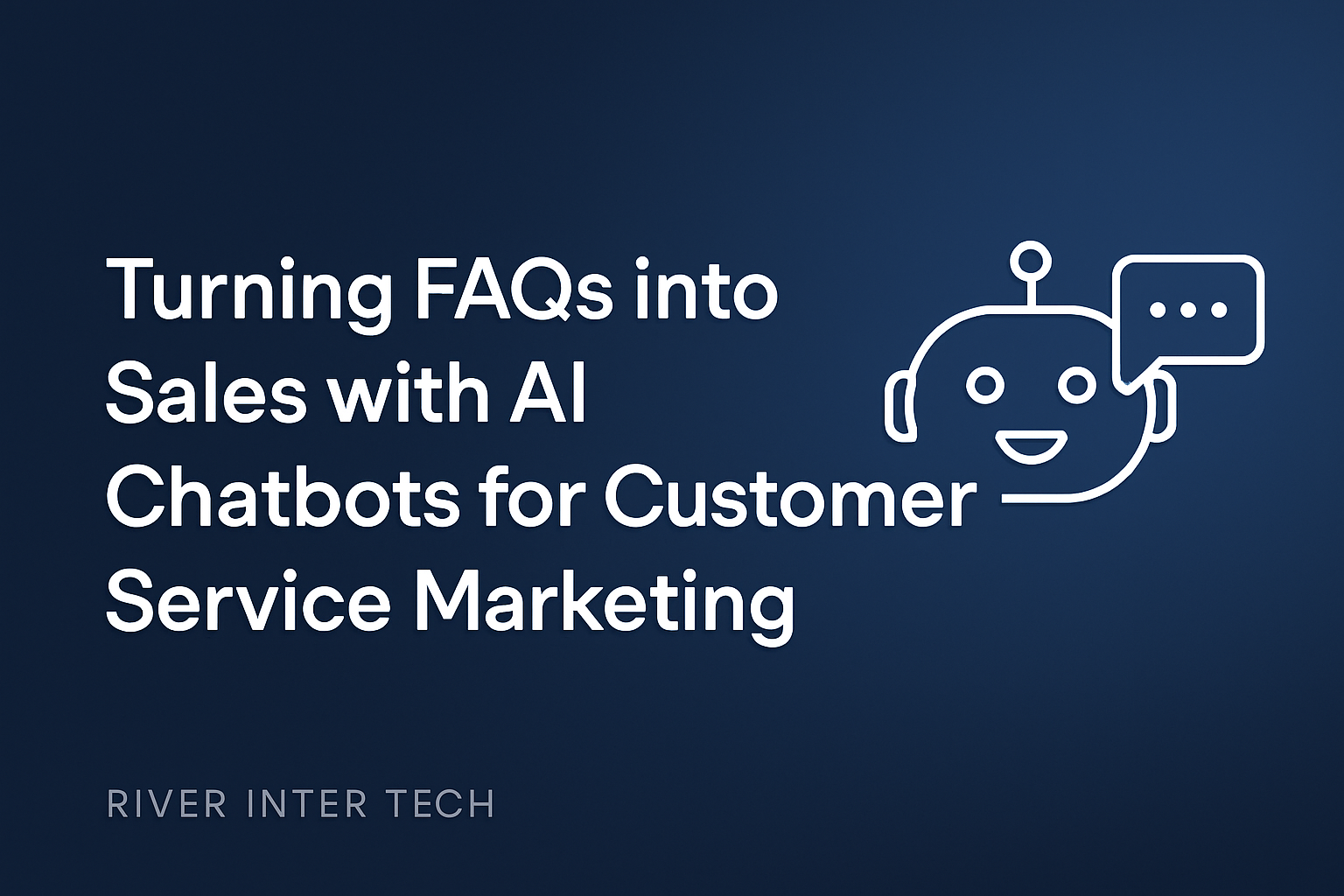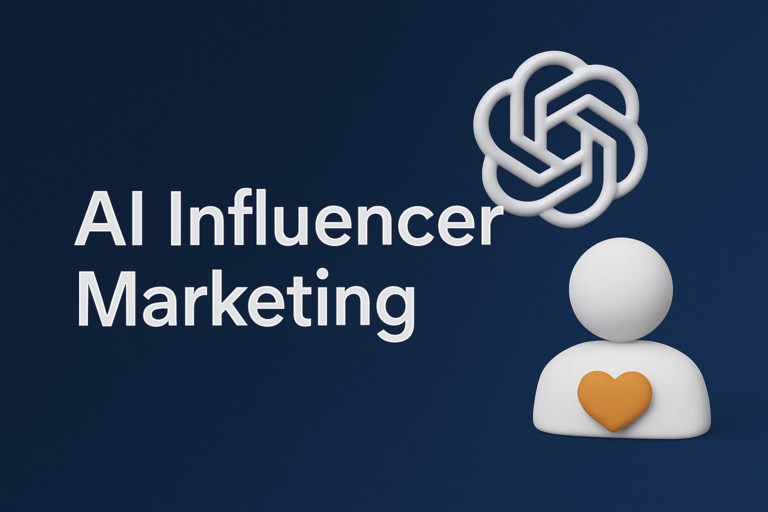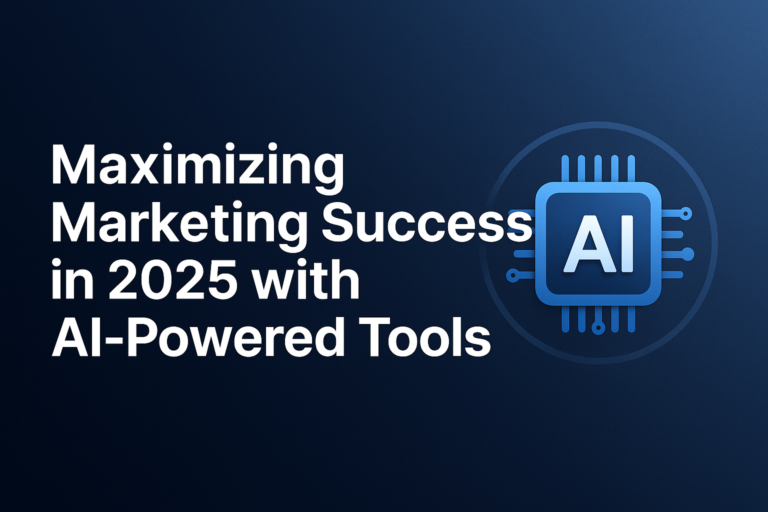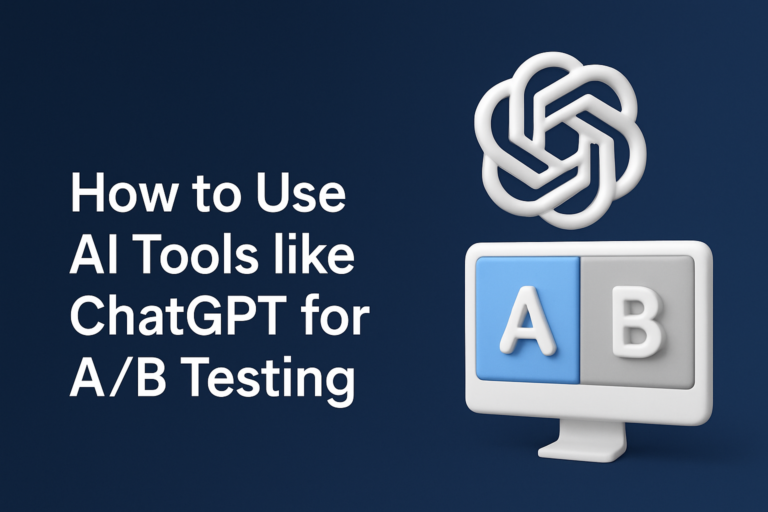Turning FAQs into Sales with AI Chatbots for Customer Service Marketing
Did you know almost 70 out of every 100 people who visit your site with a question are almost ready to buy, but only if they get the right answer at the right time? Many businesses miss out because they treat FAQs as a boring task or cost. Support teams get tired. Potential customers wait or leave. When answers are slow or sound robotic, sales fall flat.
This is a real problem, but there’s a new way forward. Picture a bot that replies fast, understands what each customer needs, and can offer upgrades or deals without being pushy.
AI chatbots for customer service marketing do just this—turning every customer question into a chance to help and to sell, all day, every day.
What Are AI Chatbots and Why Do They Matter for Sales?
Imagine a helpful robot that lives on your website, WhatsApp, or Facebook page. This AI chatbot is always awake and ready to answer questions, even while you sleep. It reads what your visitors say, finds the right answer, and speaks in a way that feels natural.
But chatbots are more than just helpers. They can suggest new items, recommend bundles, or share limited-time deals at just the right moment. Gartner says chatbots will soon be the top tool for customer service.
That means if you are not using them, you could be missing out on sales that go right to your competitors.
Key Components: How AI Chatbots Turn FAQs into Revenue
1. Instant Replies Build Trust
No one likes to wait on hold or scroll through endless pages. When a chatbot answers in seconds, people feel heard and stick around longer. This quick help leads to more sales because buyers trust businesses that respect their time. With customer support automation, companies can streamline interactions efficiently.
2. Personalization and Upselling
Chatbots tailor each reply. If someone asks about a product, the bot checks what’s in their cart, what they looked at earlier, or what similar buyers chose. It then suggests a deal, an upgrade, or an add-on that fits perfectly. This approach feels helpful, not pushy. It’s like when a friend says, “If you liked that, try this too.”
3. Smart Sales Triggers
Let’s say a visitor asks, “What’s the best starter kit?” The bot can answer and then offer a bundle with a discount. Or, if someone hesitates about shipping costs, the chatbot might pop up with a free express upgrade for today only. These little nudges can turn a maybe into a yes, thanks to the integration of e-commerce chatbots.
4. Data Collection for Lead Nurturing
During chat, bots can politely ask for an email or phone number. They store these details for follow-up, like sending reminders or new deals. Every chat becomes a chance to grow your list and reach out again later.
5. Integration with Sales and Support Systems
Smart chatbots connect with tools you already use, like a CRM. If a conversation gets complicated, the bot hands it off to a sales rep or support agent. This teamwork means hot leads never get lost and customers always get the right help.
Step-by-Step: How to Set Up AI Chatbots to Turn FAQs into Sales
Step 1: Map Your Most-Asked Questions
Start by writing down the 10 or 20 questions people ask your team the most. Use your support emails, chat logs, or Google Analytics for clues. This list will become the brain of your chatbot.
Step 2: Design Sales-Friendly FAQ Flows
For each question, add a friendly tip, product link, or special offer. For example, if someone asks, “How fast is shipping?” the bot can reply, “Standard delivery is three days, but today you get a free upgrade to express!”
Step 3: Pick the Right Chatbot Platform
There are many chatbot builders. Gupshup, Quidget, and Intercom are popular because they are easy to connect, support many languages, and let you see what’s working. Look for features like analytics, simple setup, and CRM connections.
Step 4: Train Your Bot for Natural, Friendly Chat
Use real conversation examples and plain language. Run test chats with your team or a few customers for a week. See what feels off and improve it until it sounds like a real person helping you out, leveraging conversational AI techniques.
Step 5: Connect to Your Sales Stack
Make sure your chatbot can send hot leads to your CRM or alert a sales agent if someone needs extra help. This way, opportunities never slip through the cracks.
Step 6: Launch, Track, and Tweak
Go live, then watch key numbers like sales from chat, conversion rates, and customer feedback. Try A/B testing two different replies or offers to see what works. Keep making small changes to get better results every month.
Real-World Examples of Turning FAQs into Sales with AI Chatbots
Sephora’s Messenger Bot
Sephora set up a chatbot on Facebook Messenger. When users ask for makeup tips or product advice, the bot gives personal suggestions and shows related products. This simple trick increased the average order size and made shopping feel easy.
KLM Airlines
KLM uses a bot to answer common flight questions. The chatbot offers add-ons, like extra legroom or seat upgrades, right in the chat. This approach cut their response time and brought in more revenue from each booking by utilizing e-commerce chatbots.
E-commerce Store Example
One online shop uses an FAQ chatbot that offers a 5 percent discount if someone asks about returns. This little reward nudges people to finish their checkout instead of leaving their cart behind.
Bonus Tips for Maximum Conversions
- Keep answers clear and short—no big blocks of text.
- Add emojis or small images to make chats feel lively.
- Update your bot’s answers when you launch something new or run a sale.
- Let users switch to a real person with one click if they need more help.
- Read chat logs every week to spot new ideas for sales triggers or improvements.
FAQs
How does an AI chatbot increase sales, not just answer questions?
While helping with support, the chatbot can suggest products, offer deals, or collect details for future follow-ups to boost sales—all while chatting.
What is the average sales lift I can expect?
Most companies see a 10 to 40 percent rise in sales from chat-based help, but the amount depends on the business and how the chatbot is used.
Do I need coding to set up a bot?
No. Most top chatbot platforms let you build and launch bots without writing a single line of code.
Can bots replace my sales team?
No, but they do the routine work so your sales reps can focus on big-ticket deals or complex questions.
How do I measure success?
Check numbers like chat-to-sale conversion, average order value, reply speed, and customer happiness after each chat.
Wrapping Up: Make Your FAQs Work Overtime
Every FAQ is more than just a question—it’s a chance to start a conversation that leads to a sale. AI chatbots for customer service marketing work around the clock, give each visitor personal help, and gently guide them toward buying. Want to see for yourself? Start by mapping your own FAQs and trying a chatbot for a week. Your support team will thank you, and your sales will show the results.







